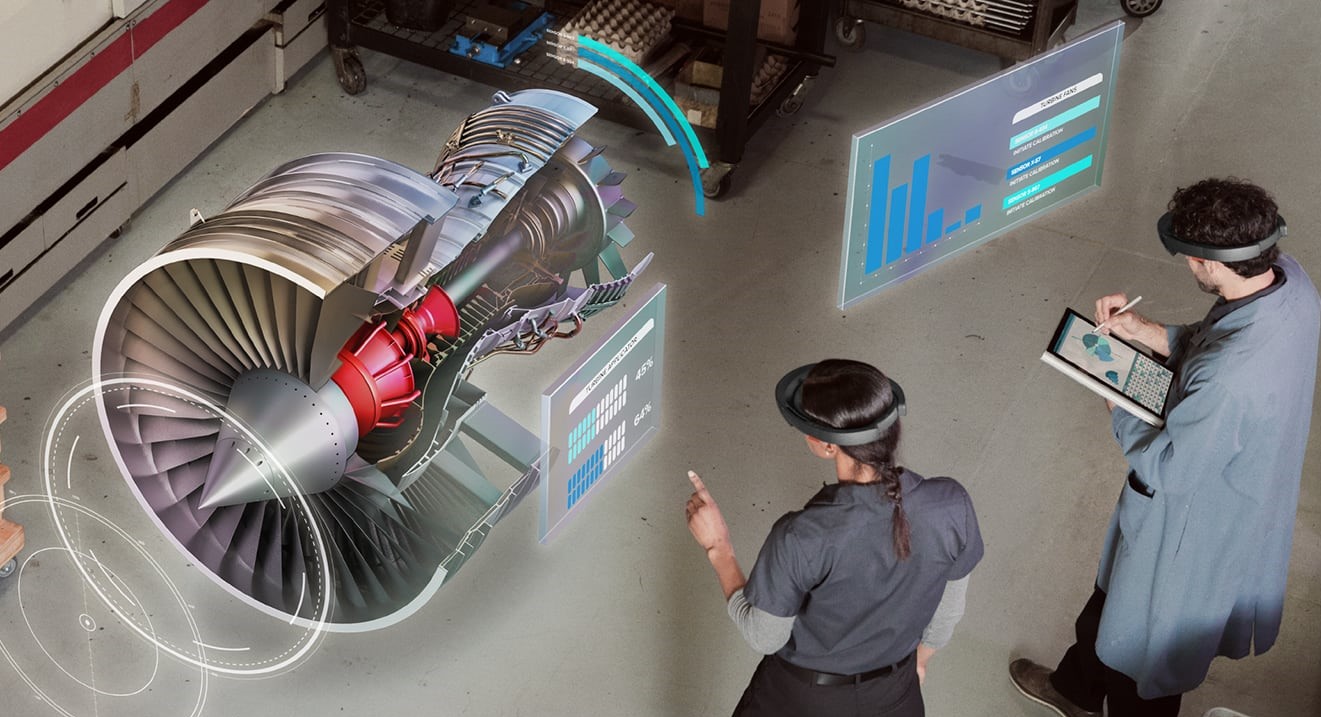What is Generative AI
Generative AI refers to Artificial Intelligence technology that can generate new content or data that is similar to but not identical to its training data. Generative AI systems are designed to create novel, realistic outputs based on patterns learned from a dataset. Unlike traditional AI, which is primarily analytic and predictive, generative AI focuses on creation and synthesis. Key techniques include machine learning models like Generative Adversarial Networks (GANs), Variational Autoencoders (VAEs), and transformers.
These systems often involve training on large datasets, where they learn to recognize and replicate complex patterns. For example, GANs use two neural networks — a generator and a discriminator — that work against each other to produce increasingly accurate outputs.
Gen AI Applications
Content Creation
- Art and Design: Generating new artworks, fashion designs, or architectural plans.
- Media and Entertainment: Creating realistic animations, video game environments, or deepfake videos.
Text Generation
- AI language models can generate coherent and contextually relevant text, useful in writing assistance, content generation, and conversational AI.
Scientific Innovation
- Drug Discovery: Accelerating the creation of new pharmaceuticals by predicting molecular structures.
- Material Science: Developing new materials with specific properties.
Gen AI Future Prospects
Advancements in Technology
- Continued improvements in algorithms and computational power will enhance the capabilities of generative AI.
- Potential integration with other emerging technologies like Augmented Reality (AR), Virtual Reality (VR), and Mixed Reality (MR).
Broader Adoption and Regulation
- Wider adoption across various industries, from healthcare to entertainment.
- Development of regulatory frameworks to address ethical and legal challenges.
Impact on Society and Work
- Generative AI has the potential to revolutionize creative industries, enhance productivity, and even change the nature of artistic and creative work.
- It also raises questions about the future of work, especially in fields heavily impacted by automation.
Mixed Reality
Mixed reality blends 3D holographic content into the physical world. It adds real-world context and scale to holograms providing an immersed experience within the digital and real-world.
What is HoloLens?
Microsoft HoloLens is the first fully untethered, self-contained, holographic computer enabling interactions with high‑definition holograms in the real-world. It creates holograms in the real-world environment forming a perception of reality. It interacts with humans by responding to physical reactions including gaze, gestures and voice commands while interacting with the real-world surfaces in the physical room. The hologram can be moved, shaped and changed based on the human interaction. The holograms are visible and audible in the physical room. Despite, not being in one’s sight of vision, the hologram maintains its sound in the immersed experienced.
What is a hologram?
A hologram is an object made of light and sound that is rendered. Holographic objects can be viewed from different angles and distances; however, due to the absence of physical mass it does not react to physical resistance such as touch. They can digitalize two-dimensional or three-dimensional objects such as paper or a box, respectively.
By leveraging mathematical functions, such as coordinates, spatial sound and spatial mapping, we can bridge the gap between holograms and the physical world through Human Computer Interaction (HCI). This allows humans to interact with holograms and holograms to respond to human interaction and the physical world.

How it works?
The HoloLens renders the holograms to appear in the holographic frame directly in front of the user’s eyes. The lenses are additive allowing the user to view the hologram and the real-world environment. Holograms can highlight features in the physical environment and make sounds that are perceived to be heard from various locations in the physical world based on the application. The sound is delivered by two speakers located directly above the user’s ears. The speakers are also additive, producing sounds without blocking the sounds from the physical environment.
You can statically place the hologram in the real environment. This creates a stable hologram that does not move despite the user’s physical movements. A spatial anchor pins the object relative to the real environment and the system stores this as a reference for the returning user. Holograms can be dynamic and follow the user. Referred to as tag-along holograms, they are positioned relative to the user.
The user can interact with holograms enabling personal interactions. The user can prompt the hologram to follow them by a hand gesture or a gaze. It can respond to voice commands. Because the HoloLens is aware of the real environment, it can maintain eye contact with the user as they walk around the physical world. A hologram can also interact with the physical space resulting in a real auditory or visual perception for the user. For example, a holographic bouncing ball sound is comparable to a bouncing ball in the physical world. Holograms can also be occluded by objects in the physical world. For example, a holographic character can hide behind a wall to be out of sight.
